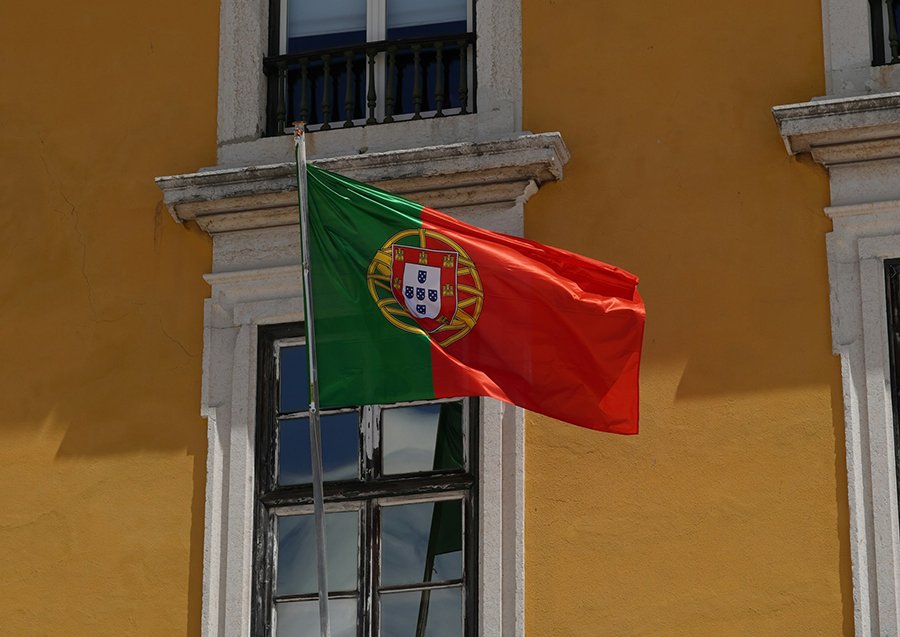читайте также
 Italy May End Tax Relief on Rental Income: What It Means for Landlords and Investors
Italy May End Tax Relief on Rental Income: What It Means for Landlords and Investors
 Luxury Travel Takes Off: How Demand Is Changing and Where to Find ‘Quiet Luxury’
Luxury Travel Takes Off: How Demand Is Changing and Where to Find ‘Quiet Luxury’
 Airbnb shifts all fees to property owners
Airbnb shifts all fees to property owners
 Most Punctual Airlines of September 2025: Who Arrived on Time and Why It Matters
Most Punctual Airlines of September 2025: Who Arrived on Time and Why It Matters
 Ten Years to a Passport: New Citizenship Rules in Portugal
Ten Years to a Passport: New Citizenship Rules in Portugal
 Top 25 World Economies 2025: Who Shapes Global Growth
Top 25 World Economies 2025: Who Shapes Global Growth
News / Reviews / Migration / Analytics / Research / Ukraine / Germany / Poland / Czech Republic / Sweden / Spain / Litva / Estonia / Austria / Norway / United Kingdom / France 21.05.2025
Temporary Protection for Ukrainian Refugees: Stricter Rules and Record-Low New Decisions in 2025

As of March 31, 2025, over 4.26 million Ukrainians were under the EU’s temporary protection mechanism, according to Eurostat. This marked a decrease of 45,455 people (-1.1%) compared to February. Experts link this to re-registration issues and tightening of accommodation and support policies.
Key Statistics and Trends
The majority of refugees remain concentrated in Germany (1,184,890) and Poland (997,120) — accounting for 27.8% and 23.4% of the EU total, respectively. Czechia follows with 365,055 (8.6%).
Czechia saw the biggest drop in absolute terms: -32,695 (-8.2%)
Sweden recorded the largest relative decline: -43.2% (-20,505)
Lithuania: -4,845 (-9.9%)
Meanwhile, 18 EU countries registered an increase, led by:
Germany (+7,090)
Poland (+2,330)
Spain (+2,275)
Demographic Breakdown
98.4% of recipients are Ukrainian citizens
44.7% are adult women (most aged 35–64)
23.6% are men
31.7% are minors (16.7% boys, 15% girls)
Temporary Protection Per Capita
Czechia: 33.5 per 1,000 residents
Poland: 27.2
Latvia: 26.4
EU average: 9.5
The EU extended temporary protection until March 4, 2026. Yet, only 136,780 new decisions were issued in Q1 2025 — the lowest quarterly figure since February 2022 (down 20.5% from Q4 2024).
Major declines in:
Germany: -13,220
Poland: -8,580
Czechia: -3,465
Some countries saw modest increases:
Italy (+1,095), Lithuania (+545), Cyprus (+445)
In March alone:
44,335 new decisions (+7% vs. February)
Top increases: Italy (+1,275), Bulgaria (+680), Poland (+650)
Largest declines: Cyprus (-440), Denmark (-405), Belgium (-290)
Among non-Ukrainians receiving temporary protection:
Russians: 12,471
Nigerians: 4,972
Azerbaijanis: 4,284
Unaccompanied Minors
Since 2022, the top countries offering protection to unaccompanied Ukrainian children:
Austria: 2,600
Netherlands: 1,860
Lithuania: 1,730
Relative share of unaccompanied minors:
Croatia: 13.7%
Denmark: 7.6%
Austria: 6.2%
Policy Changes in 2025
Germany: Ukrainians arriving after April 1 no longer qualify for Bürgergeld (€563/month). They now receive Asylum Seekers Allowance (€441).
Austria: Offers permanent residency via the Red-White-Red Card Plus to refugees with 1+ year of work, A1-level German, and a stable job.
Belgium (Flanders): Ended its private housing subsidy on Jan 1, 2025. Municipalities may receive €1,000 per registered refugee if housing was formalized before 2025.
Estonia: One-time rental subsidy (€1,200/household), relocation aid (up to €3,200/family), and child support (€650/month for large families).
Spain: Continues to provide €400/adult and €100/child monthly for six months if no income is available.
Ireland: Cuts hosting payments from €800 to €600/month from June 2025; base refugee benefit reduced to €38.80/week.
Norway: Cuts child benefits, limits travel to Ukraine, and reduces hotel-based housing. Welfare access depends on residence duration.
Slovakia: Reduces shelter stay from 120 to 60 days for arrivals after Feb 28. Aid limited to 2 months (exceptions for children, seniors, single parents).
France: Cut emergency shelter spots from 19,500 to 4,000. Rental programs face funding gaps; some families have received eviction notices.
UK and U.S. Measures
The UK’s Homes for Ukraine scheme continues: £350/month for hosts and a £200 one-time payment for newcomers.
But The Guardian notes issues with visa renewal delays, affecting housing and employment.
In the U.S., The Washington Post reports that former President Donald Trump proposed reallocating up to $250 million from humanitarian aid to fund voluntary return programs for up to 700,000 migrants from Ukraine, Haiti, Afghanistan, Syria, and Yemen.
The plan faces criticism from rights groups and the International Organization for Migration, which opposes returns to unsafe regions.
Conclusion
The sharp decline in new protection decisions and the tightening of national aid programs point to a transition from open-door policy to managed containment. Although protection was formally extended, financial and housing support is being reduced or localized.
A growing disparity is emerging: while some countries maintain generous integration policies, others shift the burden to municipalities or phase out support. Outside the EU, there’s a clear trend toward shrinking humanitarian programs.
Ukrainian refugees are increasingly expected to integrate quickly and become self-sufficient — often under more restrictive conditions.





